Electrostatic discharge testing, also known as ESD testing is an essential test for many products. ESD is the sudden transfer of electricity between to electrically charged objects. This electrostatic transfer can be caused by contact, dielectric breakdown or an electrical short.
ESD testing is an electromagnetic compatibility test (EMC test). ESD testing simulates various electrostatic impacts that equipment might experience either during transit or operation. An electrostatic discharge test determines whether a product is in compliance with its ESD protective area and procedures.
ESD can be transferred through the air or contact. The most common test of ESD is called human body method. The test simulates the effect on an electronic component of a human discharging electrical energy onto it. This energy is a static buildup.
ESD is a very common occurrence. The impact of electrostatic discharge can be significant. Unfortunately, that is the case whether the ESD level is so slight that is undetectable by hearing or sight or as spectacular as electrical sparks or lightning. Electrostatic discharge can cause a number of problems. These include but are not limited to mechanical failures, coal dust explosions, fuel vapor explosions and bodily injury. The mechanical failures caused by ESD can include contact spiking, junction damage, metal penetration and gate oxide damage.
-
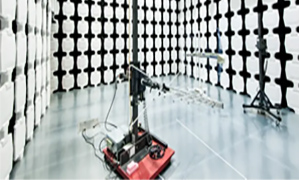
EMC Overview
Electromagnetic Compatibility (EMC) -
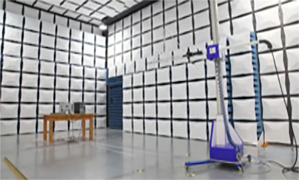
EMS
Electro Magnetic Susceptibility (EMS) -
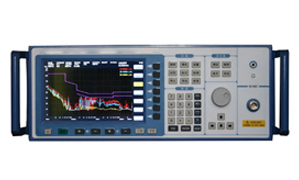
EMI
Electromagnetic interference (EMI) -

EMI Site Survey
Electromagnetic Interference site survey (EMI site survey) -
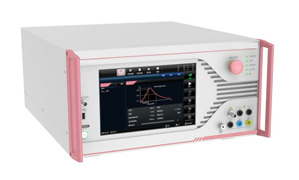
EMP Testing
Electromagnetic pulses (EMPs) -
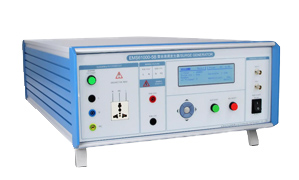
Lightning & Surge Immunity
Lightning Testing and Surge Immunity Testing
-
Contact us
- Spark Lab - Shenzhen
- Mr. Zhang
- 13902479643
- sparkrz@spark-oe.com





